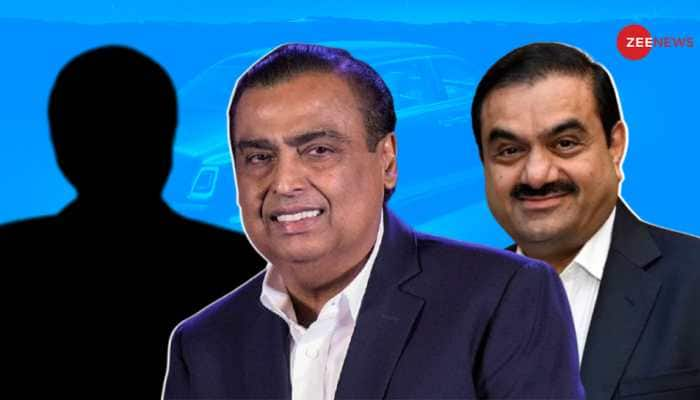Aditya- L1 Solar Launch: India Moves Closer To Sun - 10 Points On Historic Mission
After the successful lunar landing mission, Chandrayaan-3, India has today embarked on its first solar mission. In a proud moment for the nation, the PSLV-C57.1 rocket carrying the Aditya-L1 orbiter lifted off successfully from Andhra Pradesh at 11.50 a.m. on September 2.
- Aditya-L1 will stay approximately 1.5 million km away from Earth, which is 1% of the Earth-Sun distance
- According to ISRO, the Aditya-L1 mission is expected to reach the observation point in four months
- Major objectives of India’s solar mission include the study of the physics of solar corona and its heating mechanism, the solar wind acceleration, among others
Trending Photos
) Pic: ANI
Pic: ANI India has inched closer to the sun today. After the historic lunar landing mission - Chandrayaan-3 - India has embarked upon its maiden solar mission, thanks to the Indian Space Research Organisation (ISRO). The PSLV-C57.1 rocket carrying the Aditya-L1 orbiter lifted off successfully from the Satish Dhawan Space Centre in Sriharikota, Andhra Pradesh at 11.50 am on Saturday. Here are 10 key points on the mission:
1. According to ISRO, the Aditya-L1 mission is expected to reach the observation point in four months.
2. It will be placed in a halo orbit around Lagrangian Point 1 (or L1), which is 1.5 million km away from the Earth in the direction of the sun.
3. This is carrying seven different payloads to have a detailed study of the sun, four of which will observe the light from the sun and the other three will measure in-situ parameters of the plasma and magnetic fields.
4. The mission has derived its name from the Sanskrit word for the Sun - Aditya. L1 refers to Lagrange Point 1 of the Sun-Earth system. So what are Lagrange Points? They are positions where the gravitational forces of two celestial bodies, such as the Sun and Earth, are in equilibrium. According to ISRO, this position allows an object placed there to stay stable, with respect to both celestial bodies.
5. Aditya-L1 will stay approximately 1.5 million km away from Earth. This is about merely 1% of the Earth-Sun distance.
Also Read: Aditya-L1 Mission Launch LIVE Updates
6. The largest and technically most challenging payload on Aditya-L1 is the Visible Emission Line Coronagraph or VELC. VELC was integrated, tested, and calibrated at the Indian Institute of Astrophysics’ CREST (Centre for Research and Education in Science Technology) campus in Hosakote in collaboration with ISRO.
7. "From the continuum channel, which is the imaging channel, an image will come -- one image per minute. So approximately 1,440 images for 24 hours, we will be receiving at the ground station," Aditya L1 Project Scientist and Operation Manager for VELC Dr Muthu Priyal told news agency PTI.
Watch: ISRO's Launches India's First Solar Mission
#WATCH | Indian Space Research Organisation (ISRO) launches India's first solar mission, #AdityaL1 from Satish Dhawan Space Centre in Sriharikota, Andhra Pradesh.
Aditya L1 is carrying seven different payloads to have a detailed study of the Sun. pic.twitter.com/Eo5bzQi5SO — ANI (@ANI) September 2, 2023
8. Now that it has been launched, according to reports, Aditya-L1 will stay in Earth-bound orbits for 16 days. It will undergo five maneuvers to gain the necessary velocity for its journey during this period.
9. Major objectives of India’s solar mission include the study of the physics of solar corona and its heating mechanism, the solar wind acceleration, coupling and dynamics of the solar atmosphere, solar wind distribution and temperature anisotropy, and origin of Coronal Mass Ejections (CME) and flares and near-earth space weather.
10. According to the Bengaluru-based Indian Institute of Astrophysics, the atmosphere of the sun, the corona, is what is seen during a total solar eclipse, reported ANI. A coronagraph like the VELC is an instrument that cuts out the light from the disk of the sun and can thus image the much fainter corona at all times.
(With inputs from Agencies)
Stay informed on all the latest news, real-time breaking news updates, and follow all the important headlines in india news and world News on Zee News.
Live Tv







)
)
)
)
)
)
)
)
)
)
